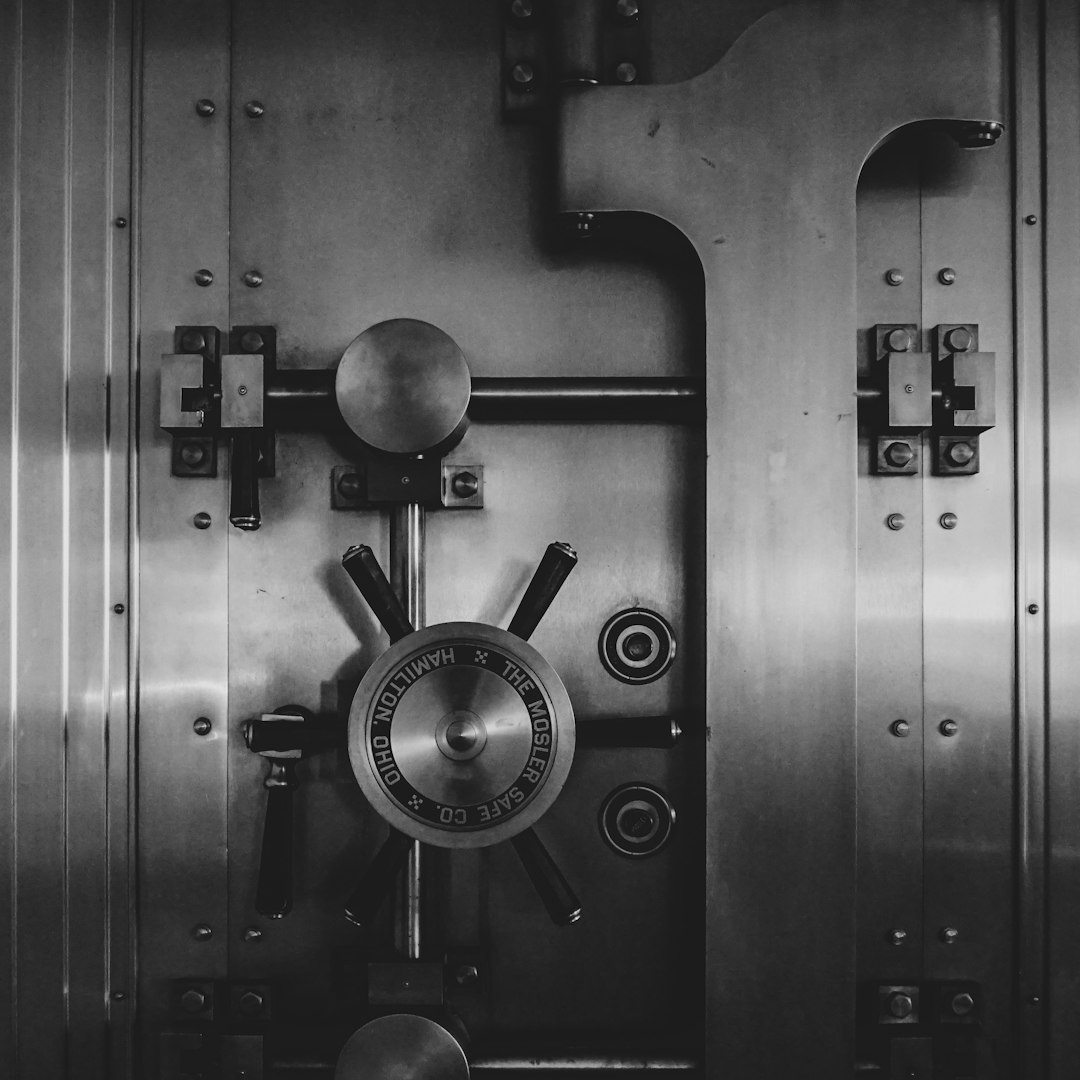– My Most Valuable Tips

Opioid addiction is a serious problem that affects many people, and quitting can be incredibly challenging. One of the most significant obstacles to stopping opioid use is the manifestation of withdrawal symptoms once you discontinue taking them. To defeat opioid addiction, you must undergo opioid detox. This page has all the info you need.
0 Picture Gallery: – My Most Valuable Tips
When dealing with opioid addiction, obtaining treatment is crucial for sustained rehabilitation. However, the process of opioid detoxification can be daunting and may deter some individuals from seeking the help they need. It is crucial to know what to expect during opioid detox and what withdrawal symptoms to watch for. View here for more info on this product.
The initial stage in treating opioid addiction usually entails eliminating opioids from your body through the process of opioid detox. Detoxification can be done in several ways, but the goal is always the same: to alleviate withdrawal symptoms and prepare the body for ongoing treatment. During detoxification, you may experience several symptoms as your body adjusts to the absence of opioids.
The extent of opioid withdrawal symptoms may vary from mild to severe and can be different for each individual depending on their addiction level. Common symptoms of opioid withdrawal include muscle pain, sweating, anxiety, insomnia, and diarrhea. Additional symptoms may include nausea, vomiting, abdominal cramping, and goosebumps. You can read more on the subject here!
If you are in the process of opioid detoxification, it is crucial to comprehend that the withdrawal symptoms will eventually fade away. The duration and severity of the symptoms may differ among individuals, but with time, they will diminish in intensity and frequency. Having support from loved ones or healthcare professionals during this time is also critical. They can offer assistance in coping with the symptoms and provide encouragement to persevere.
In addition to managing the symptoms of opioid withdrawal, it is essential to address the underlying addiction through ongoing treatment. This may involve therapy, medication-assisted treatment, support groups, or a combination of these methods. Partnering with healthcare professionals to devise an effective treatment plan that meets your unique needs and developing a plan for long-term recovery is essential.
It’s essential to note that attempting to detox from opioids without professional help can be dangerous and even life-threatening. Medical supervision during opioid detox is crucial for managing withdrawal symptoms and preventing complications. This might involve the use of medications, such as methadone or buprenorphine, to alleviate withdrawal symptoms and prevent relapse. Furthermore, counseling and behavioral therapy can be helpful in addressing the psychological aspects of addiction and promoting sustained recovery.
In conclusion, opioid detoxification is an important step in overcoming opioid addiction, but it can be accompanied by unpleasant withdrawal symptoms. It is important to have support during this time and to address the underlying addiction through ongoing treatment. With the appropriate assistance and commitment, it is possible to conquer opioid addiction and achieve lasting recovery.
This post topic: Health Care & Medical